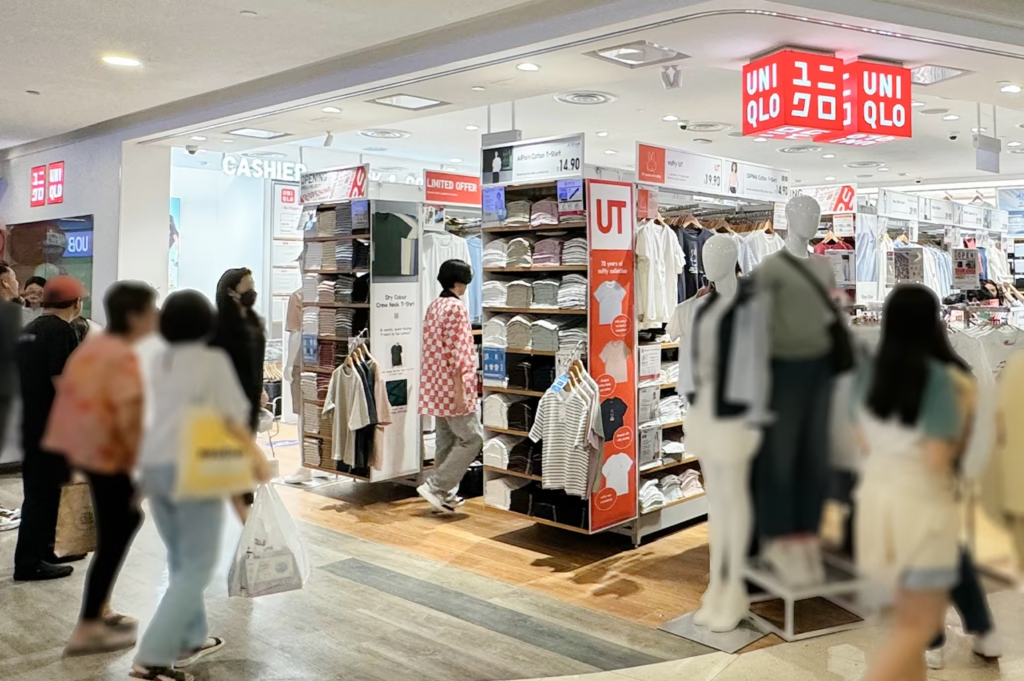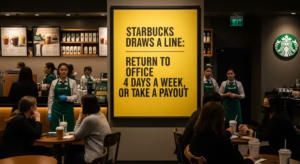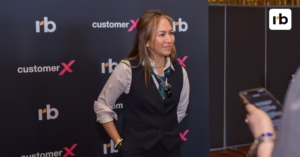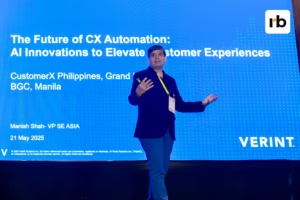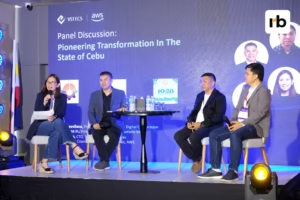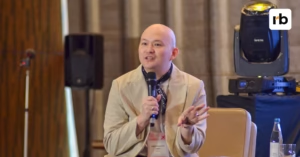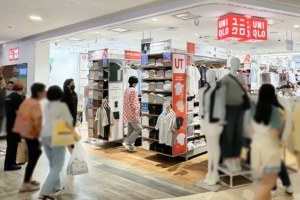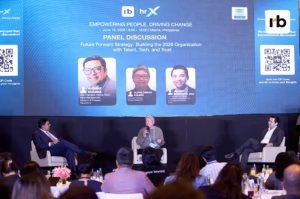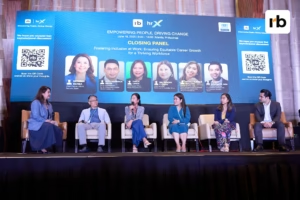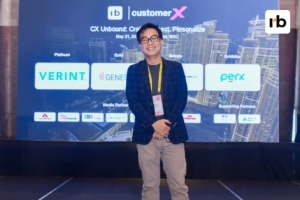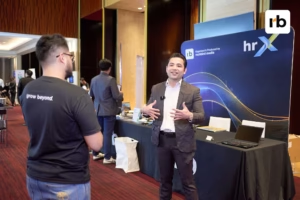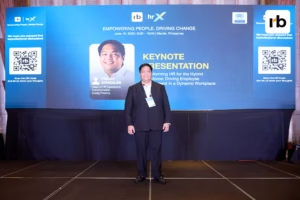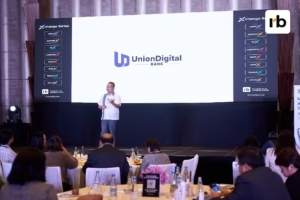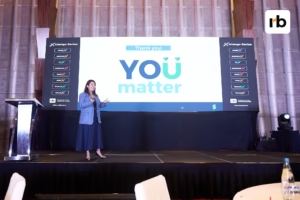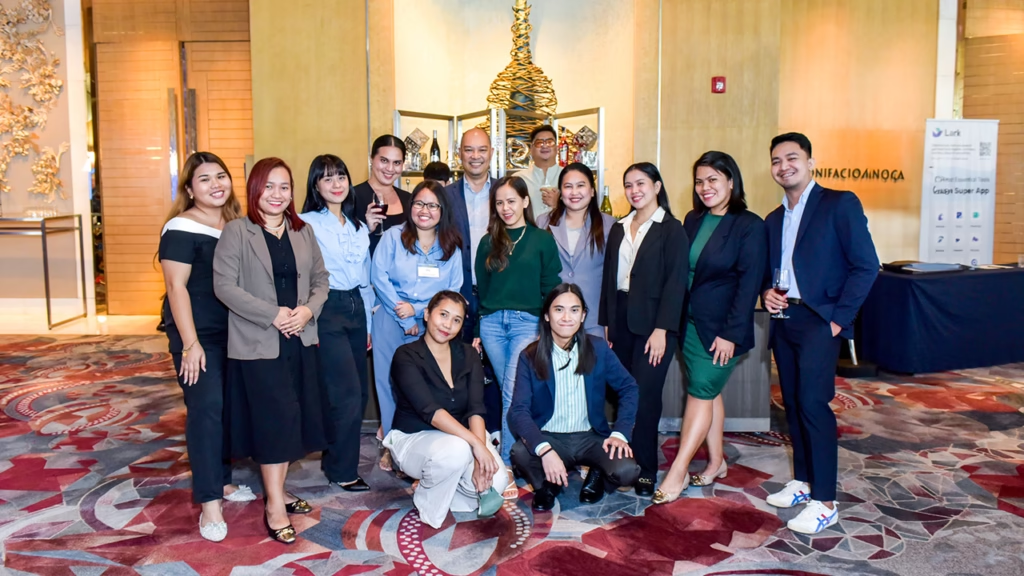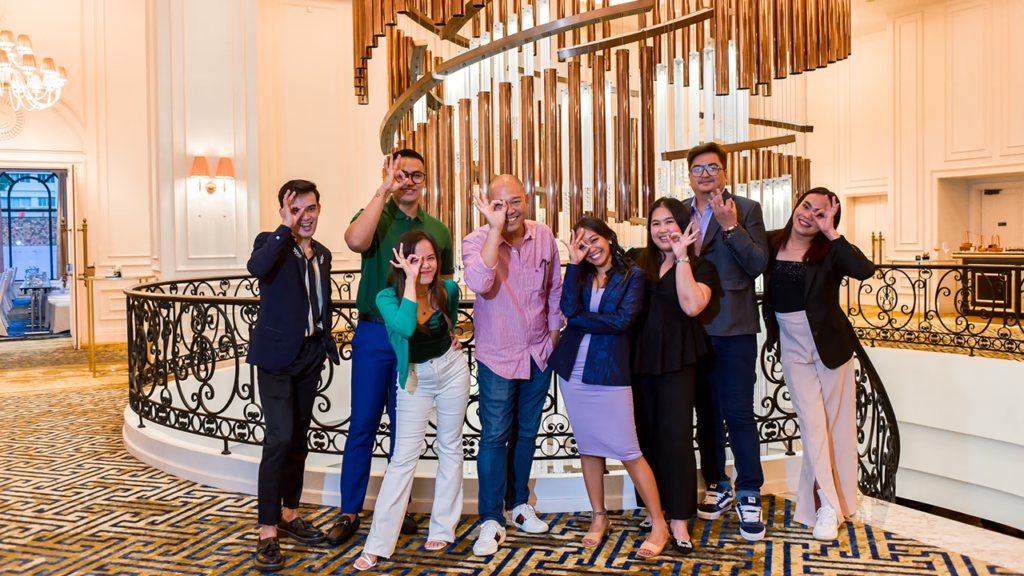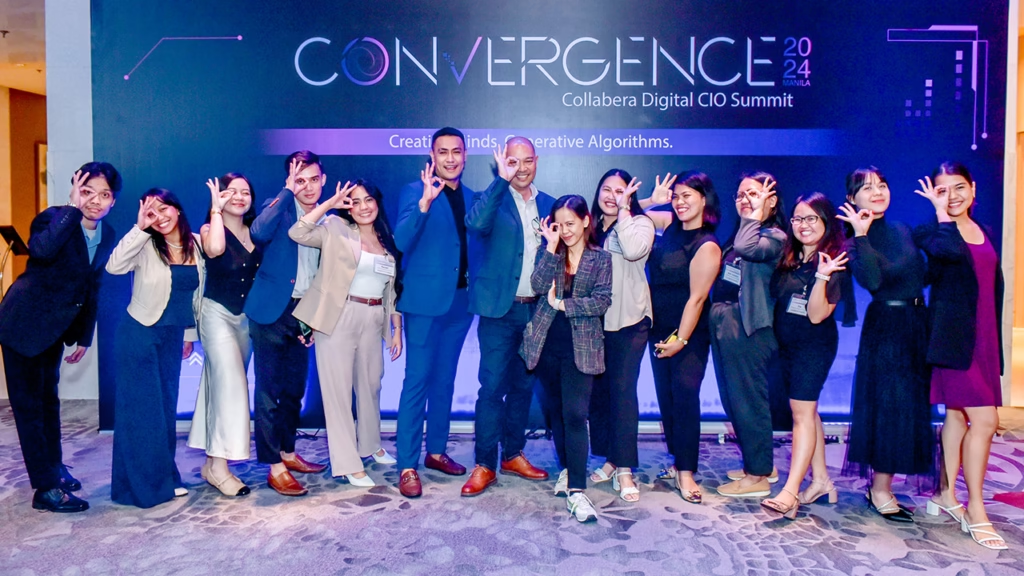In the fast-moving pace of modern cities, time isn’t just money, it’s everything. And Uniqlo, the Japanese global apparel powerhouse, is once again proving it understands the evolving rhythm of today’s shoppers. With the debut of its first-ever “Mini Outlet” or “Touchpoint Store” at Velocity @ Novena Square in Singapore, Uniqlo is not simply shrinking its square footage, it’s reshaping the very fabric of urban retail.
This small-format concept is more than a cute experiment. It’s a strategic, data-driven move that speaks to the core of what shoppers today value most: speed, accessibility and smart integration between online and offline.
A New Era of Purposeful Retail
Measuring just one-tenth the size of a typical Uniqlo store, this mini outlet may look modest, but it’s packed with intention. The store is strategically located at the MRT level of a high-football building, designed for people on the move. Rather than overwhelming customers with endless racks of clothing, the Touchpoint format focuses only on curated bestsellers, seasonal essentials and items that align with immediate lifestyle needs like workwear, innerwear and activewear.
In a city like Singapore where every second counts and malls are more vertical than vast, this kind of convenience-based retail isn’t a luxury, it’s a necessity. By stripping away excess and doubling down on what customers truly come for, Uniqlo is aligning its retail strategy with a “quality over quantity” philosophy, perfectly fitting urban realities.
Designed by Data, Powered by Experience
This isn’t a guesswork strategy, it’s rooted in insight. According to Cecilia Tan, Director of E-Commerce at Uniqlo Singapore, the Touchpoint format was inspired by over 31 million customer interactions and feedback collected globally in 2024. These insights revealed one consistent truth: customers want fast, convenient, hybrid experiences.
The result? A space that is not only physically smaller but also digitally smarter. Uniqlo’s mini outlet offers same-day click-and-collect: customers can place an order online by noon and pick it up at the store the very same day. This is a game-changer for busy professionals, daily commuters and last minute shoppers.
Employees aren’t just cashiers or stockers, they are digital guides, ready to help customers navigate the app, check stock availability in real time, or even place online orders from inside the store. This blend of human touch and tech support creates an elevated yet frictionless experience.
Where Omnichannel Meets Human-Centric Design
More than a sales point, the store becomes a “lifestyle node”, a bridge between the digital world and physical reality. In doing so, Uniqlo isn’t just selling clothes, it’s integrating itself into the cadence of everyday life. The minimalist layout, fast payment options and educational digital kiosks demonstrate Uniqlo’s confidence in the evolving sophistication of its customers.
This mirrors a broader retail shift: as consumers increasingly browse online and pick up offline or vice versa, brands must adapt not just their operations, but their spaces. The mini outlet format is built precisely for this omnichannel generation.
And with Asia’s B2C e-commerce market growing by over 22% to reach USD 1.36 trillion in 2020, with projections hitting USD 1.92 trillion by 2024 (Eastspring Investments via Statista), Uniqlo’s compact, hybrid Touchpoint format arrives at exactly the right moment. As digital transactions surge, so does the demand for physical spaces that bridge convenience and immediacy, making formats like click-and-collect not just innovative, but indispensable.
More Than Just A Store: A Scalable Solution
What makes the Touchpoint store truly exciting is its scalability. The concept doesn’t require vast real estate, heavy inventory or elaborate interiors. It’s plug-and-play. Think metro stations, office lobbies, hospital complexes or university hubs, anywhere where people move fast, but still want quality fashion.
This model is particularly relevant in high-density cities across Southeast Asia, where retail space is expensive and time is a premium.
For emerging markets, where mall culture may not be as established, Uniqlo’s compact, customer-first approach could easily lead the next wave of retail expansion.
The brand has not yet confirmed expansion plans, but if this pilot proves successful, it’s likely we’ll see Touchpoint stores pop up across major Asian cities like Manila, Jakarta, Kuala Lumpur and beyond.
The Big Lesson in the Small Store
In an age of excess, Uniqlo’s mini outlet is a powerful reminder that thoughtful design often beats size. Instead of asking shoppers to adapt to the store, the store adapts to the shopper. It meets them mid-journey, literally and metaphorically, reminding us that innovation doesn’t always require more, but rather a sharper understanding of what matters most.
By transforming 10% of a retail footprint into 100% value, Uniqlo isn’t just testing a new format, it’s leading the way forward in what “retail convenience” truly means in 2025.
The retail world has been racing to find the right post-pandemic formula, part digital, part physical, entirely human. With the mini outlet, Uniqlo may have found the sweet spot. It’s not about being everywhere, but being exactly where you’re needed.
In a world that’s always rushing, Uniqlo’s message is clear: we’ll meet where you are and we’ll do it efficiently, stylishly and smartly.

